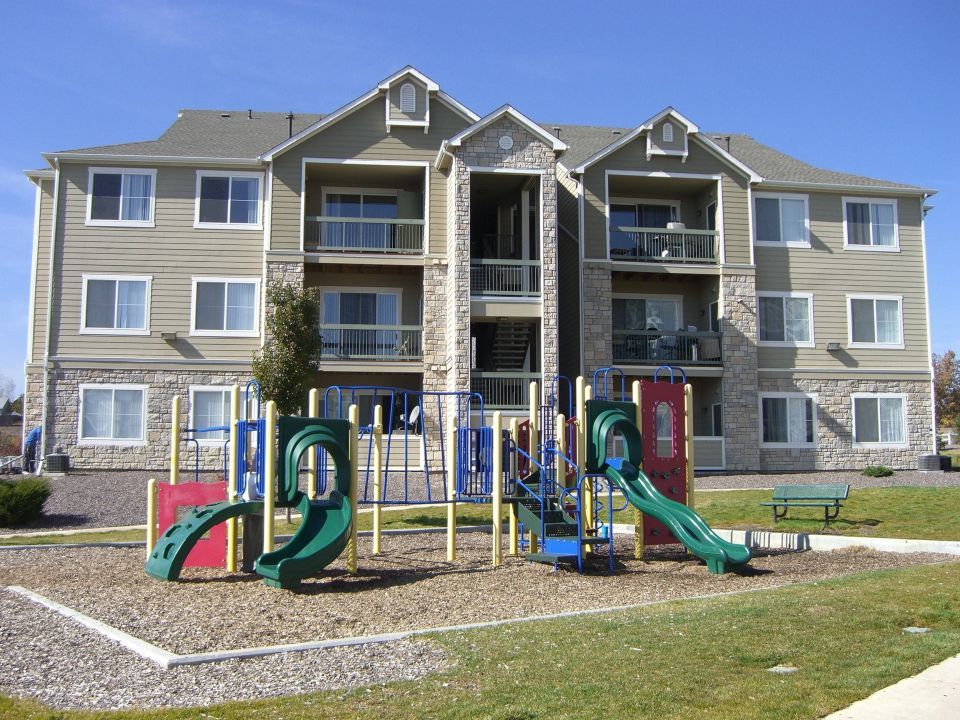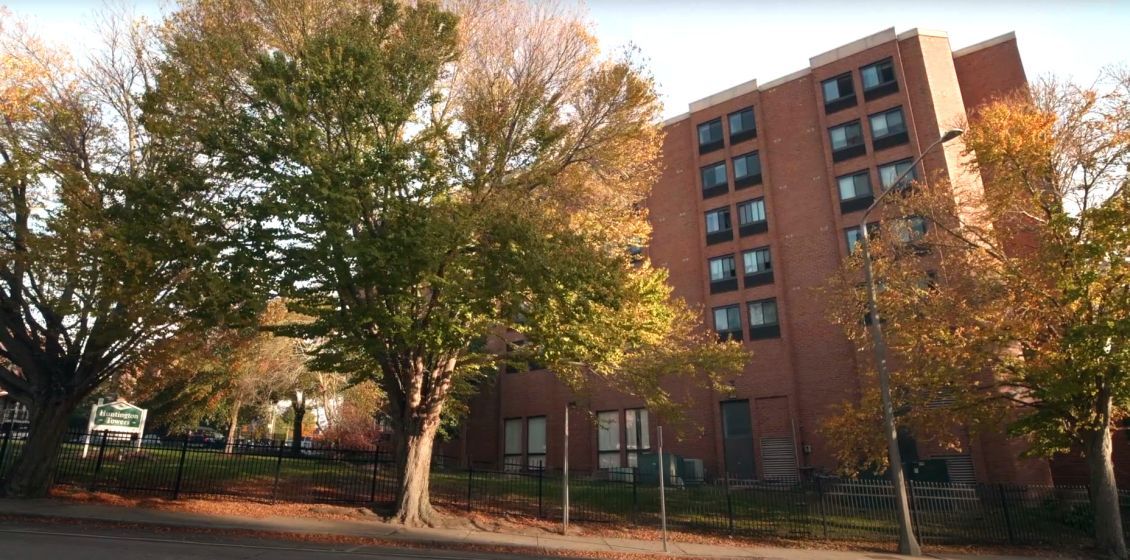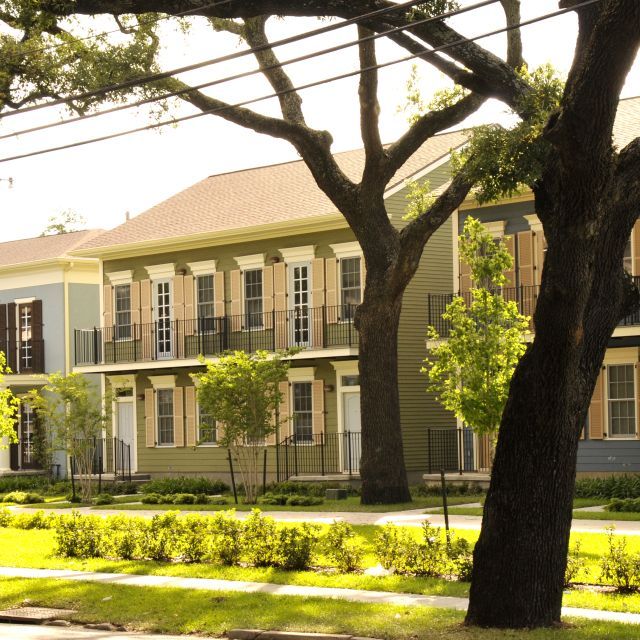As communities across the country struggle to build more affordable housing to meet a growing shortage, it’s paramount they don’t overlook the value of the homes that are already there. Investing in the improvement, redevelopment, and overall preservation of existing housing can go a long way toward keeping rents affordable and individuals and families close to schools, jobs, and communities.
For the past ten years, Enterprise’s Preservation Equity team has worked with nonprofit and for-profit partners to do just that. After reaching a significant milestone – $2 billion worth of total homes preserved through their investments – the team continues to look at innovative ways to preserve affordable housing for the long term.
We’re investing in a way that preserves value for the owner, operator, our investors, the community, and especially the residents who live there.
Lianna Petroski
The preservation work is part of Enterprise’s comprehensive strategy to protect and expand access to rental homes and preserve affordability where it exists.
We recently spoke with Lianna Petroski, Enterprise’s senior vice president, head of acquisitions and deputy fund manager, about the value of partnership and impact as her team looks to the next ten years of investing in preserving affordable homes.
Enterprise’s Preservation Funds have preserved $2 billion of affordable housing since launching in 2013. What’s the significance of reaching this milestone?

The $2 billion milestone is significant, but it’s especially important to look at what’s behind the number. Specifically, it represents the value of the assets we’ve preserved through the eight preservation equity funds that we manage. In addition to the equity we directly invested, this milestone also includes the amount we’ve leveraged with equity from our developer partners and debt used to acquire the assets. That translates to close to 18,000 homes. We can estimate that means that roughly 47,000 people are living in homes that have been preserved by our funds. It’s exciting to realize that with our dollars, we’ve been able to invest in a responsible way with strong partners who own and operate these communities. And our investment strategies drive impact through renovations, services, and green improvements as well.
Millions of Americans are living rent burdened and a quarter of Americans pay more than half their income on rent. Can you talk about the importance of preservation in the context of the greater affordability crisis?
While creating new homes is always part of the solution, we believe preservation of the existing properties is critical in addressing the affordability issue.
We’re extremely conscious of our role in balancing the needs of multiple parties: the needs of our residents, along with those of housing providers and our fiduciary responsibility to our investors. It’s about the physical quality of the homes and keeping the rents affordable, but also having professional and mission-oriented ownership and management. Stewardship is critical as it drives the overall experience of how residents interact with the housing they are living in–it’s not just the walls, it’s the experience they’re having with the management team and owner of the property.
Across the country preservation is important because the replacement value to build new housing is exorbitantly expensive. Being able to purchase a property already built is a less costly way to ensure that affordable homes exist in communities nationwide, and these are homes that are already in demand due to location and rent level – and our investment seeks to boost that demand through physical, operational, and service enhancements.
It also means that the investors in our fund can achieve more impact with less of an investment. We can acquire properties in the range of $70,000- $300,000 per unit. To build housing, by contrast, it can start at $200,000 per unit and go up to a $1 million a unit for affordable housing. And at the same time existing residents who are stably housed can continue to have the option of living near their jobs, schools, and health care as opposed to being forced out because of an inability to afford higher rent. Our investments allow the properties we invest in to continue to be assets for the community.
Over the past 10 years, Enterprise’s Real Estate Equity team – which manages the Preservation Funds – has partnered with a wide variety of organizations to preserve and improve affordable homes. What’s your approach when partnering with an organization for the long term? What’s necessary for success?
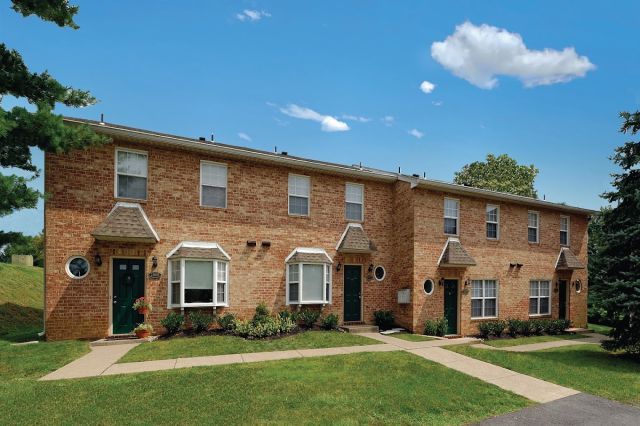
We invest exclusively through joint ventures with owner/operators of affordable housing. The partners we’re working with are really the experts in their markets. They know the communities, they develop their own thesis on why they’re interested in a particular property, they know about the locality’s community development plans, just like they know about the schools, jobs, the large economic drivers for a particular area. We support them with capital and expertise, both up front and through the investment term, but we let them lead and set the business strategy, and ultimately entrust them to execute on that business strategy and deliver the impact and financial results we agree on at the beginning of our partnership.
A key component in selecting partners is mission alignment. We partner with a variety of different groups – some nonprofit, some for profit – and overall we look to partner with folks who connect with our mission and goals. We’re trying to drive impact. It’s not only just about creating value in the asset, but it’s about quality of the homes, the quality of the resident’s experience, and, of course, preserving affordability.
A few years ago, we started doing an annual social impact survey to gather project-specific impact data for every property in our investment. We’ve since made it a reporting requirement because it delivers critical data to inform our investment approach. If we receive pushback from a housing provider or we’re feeling that they are not interested in the impact narrative, that can be telling with respect to partnership alignment.
In last two years, we’ve started requiring some low cost, high impact services that require two things: One is for all our investments to adopt utility monitoring—something that helps an operator track utility usage and cost. The purpose is to identify potential leakage or high consumption issues. This is important because some of the properties we preserve were built up to 60 years ago.
We also require credit rent reporting. We have an active partnership with Esusu for executing this work, but there are other vendors that offer this service to report on-time rent payments to credit bureaus. Up until recently, there was no way for renters to get credit for their on-time rent payments in their credit scores. And often renters with lower incomes don’t have a lot of other opportunities to build credit. Yet credit can often provide access to greater upward mobility, so it’s a catch-22.
These are examples of low-cost, high impact strategies that we are insisting on be part of our investment strategy. We believe they offer compelling return on investment, either by reduction in utility consumption or greater financial security for our residents, while also generating measurable impact that we can report to our investors.
What are investors looking for when they approach you about investing in our Preservation Funds?
Impact is important – almost as important as financial return. That’s what sets us apart. Often investors come to Enterprise with enough of their own research to know they want to be in the preservation fund space and it’s the impact that we’re able to deliver, realize in our investments, and report on. Also, over the course of an investment, they realize the trust they have in Enterprise as a good fiduciary of their capital. That really starts with investment selection through underwriting, credit review and approval, structure of the deals, working with partners to develop sound underwriting and business plans for the investments. We are attentive all the way through to asset management and disposition, and that has generated a lot of repeat investment over the last 10-years.
Are there properties you are particularly proud of that can show the impact of this type of investing?
We’re most proud of the properties that include multiple Enterprise touchpoints for generating impact. It's especially exciting to see investments that we have exited through Enterprise’s Housing Credit Investment business. There are eight of them – and they have all met or exceeded their financial targets. We have properties where the housing credit investment has brought the properties $35,000-100,000 per unit of new investment in the property. We have some that are going through that renovation right now and others that have been completed. We are so impressed with the results – we also have a couple of properties that with new Housing Credit investment can add more homes to the property.
We operate ten-year investment funds because investors prefer “closed end” funds so they can have greater assurance of when they might get their capital back. Sometimes, we have investments and partners that use our capital to prepare the property for a recapitalization event that uses tax credit financing. With a LIHTC transaction you can do a lot more – there is more equity and subsidy that can substantially improve the property and preserve affordability for a longer period.
In one example, we partnered with Enterprise Community Development on an investment in Columbia, Maryland. We acquired five individual properties built in 1960s– some of the original housing – totaling 300 homes. ECD has gone on to secure LIHTC financing to redevelop three of those properties. At this point they have bought us out of three properties and are doing full redevelopment of these three sites. On each of those sites they can build new, higher density, and higher quality housing and at least replace the original affordable units and expand with a mixed-income approach.
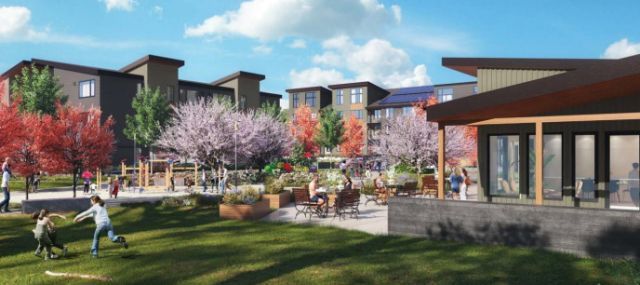
We have another that sold in December of last year – 132 homes in Federal Way, WA. Our partner acquired two pieces of vacant land and went on to secure financing to substantially renovate the property and build another 202 affordable homes on adjacent parcels. That property - Redondo Heights – was market rate when we acquired it with our partner and is being converted completely to long term affordable housing via this new LIHTC financing. It has Enterprise on all sides of the transaction – our preservation equity was invested in the original property. Our CDFI, Enterprise Community Loan Fund, made three loans to the property at various stages then another loan to cover the predevelopment costs. Our Housing Credit Investments business was the syndicator for the tax credit transaction. It’s a success for Enterprise, our partner, and truly for the community.
Looking ahead, what are you most excited about with this work?
I’m excited about continuing to improve upon our impact story. We challenge ourselves to pursue, maximize, and measure the impact we are having through our investments. We think we’re getting better and better each year at deepening our impact – and that’s showing up in our measured results.
Right now, it’s a tough time for real estate in general and we’re feeling that too. Our immediate attention is focused on the current environment – whether it’s high interest rates, the value of the property and expenses going up, insurance and taxes and utilities are all things that are hard to control. Rent growth is starting to slow, and economic occupancy continues to be a lingering issue coming out of the pandemic.
As a fund manager that launched ten years ago, we’ve seen changes in the market, and that experience helps build our intuition, skill, and problem solving. The experience helps us make tough decisions – for example knowing when to sell, to finance, to switch the property manager.
But at the same time, we continue to move new acquisitions forward. We’re excited by the opportunities we believe are coming in this next segment of the market cycle, and we’re actively raising capital to support our growth. We’ve also launched an impact first strategy, the Renter Wealth Creation Fund, which provides renters the wealth building opportunities traditionally limited to homeowners through 1) monthly cash back for on-time rent payments, 2) resident services, and 3) a chance to share in the appreciation of the property. That’s an example of how we’re working to be on the leading edge of impact and to compel others in the field to think innovatively about the impact they can have on the lives of low-and-moderate income residents they serve.
